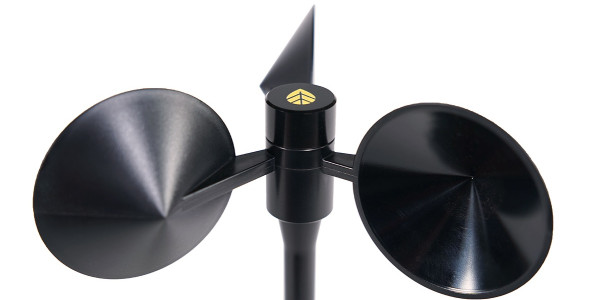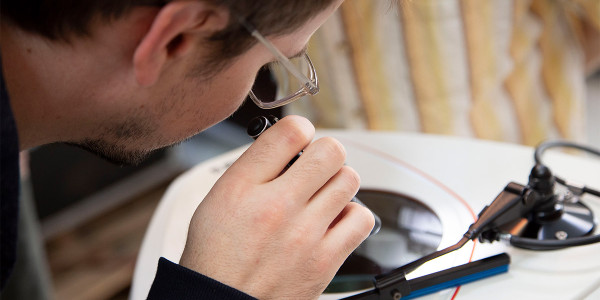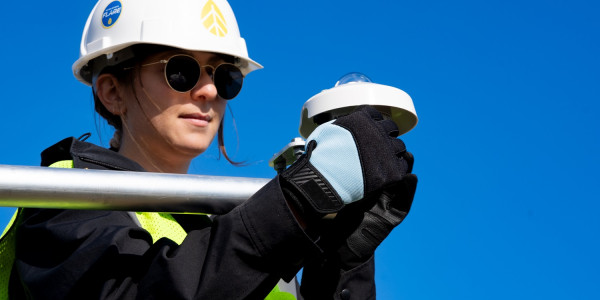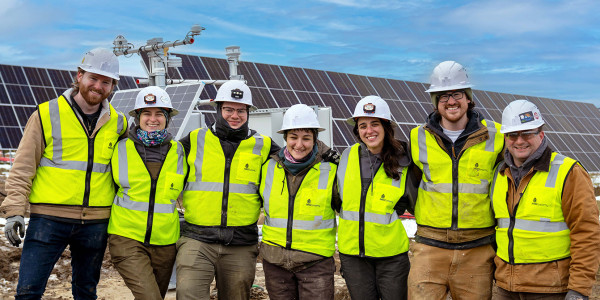December 22, 2010 | Energy Policy,
Growing up, Christmas was marked by stockings stuffed with presents that mysteriously appeared at the end of my bed on Christmas morning. As I grew older I resisted the logic (spoiler alert) that led me to the conclusion there really was no Santa Claus — but to acknowledge this would result in the retirement of that stocking full of treats. In the end it was necessary to recognize this reality or seriously undermine other ideas I espoused as a worldly young man.
The policy pipe dream
Is the wind industry in this same position of suspended belief? We fight tooth and nail for our small slice, hoping that, like the stocking, our subsidy or tax credit will appear every year. In order for wind energy to be successful we need to be cost competitive. This means reducing the cost of developing and building wind farms, increasing their efficiency and reducing their operating costs. All of these areas can be addressed through innovation, the development of new tools, and the use of technology. These are things governments can and do support across industries, as they involve creativity, innovation and global leadership in the development of new technology.
Innovation is key
The wind industry is evolving and there is huge opportunity for innovation. In the area of development, new technologies are supporting traditional methods of wind assessment with lidar and sodar both improving and validating the performance of wind farms. The finance community loves this. Anything that reduces the uncertainty in the projection of performance gives them more confidence in the numbers and increases the likelihood that money will be made available. Economics will drive the cost of wind turbines down as supply exceeds demand and manufacturers push to improve efficiency to gain a competitive edge. It is amazing to see the technological horsepower at work in the industry. As a financial chap I understand very little of what they are talking about, but the excitement around new ideas is contagious.
Focus on costs
So what does this mean? In my opinion, we should focus on moving the industry forward through developing new tools, reducing costs and getting ourselves to a level where we are commercially competitive with the other energy sources. Winning the argument for government support, in these tough times, isn’t an easy thing to do. Yes, we will need support to get the infrastructure in place, but this will come with cost competitiveness, which will attract consumer support for both financial and ecological reasons.
The alternative is to pursue the same old route – fighting, hoping and praying our subsidies will appear. But I think we are getting too old to believe in Santa Claus.





